Market
Collectors and Dealers Turned Out in Force for Art Cologne, Never Mind the Political Climate: ‘I Am Done Worrying’
The 57th edition of the oldest art fair in the world opened in the Rhineland. The mood was hesitant, yet optimistic, and many deals were being done.
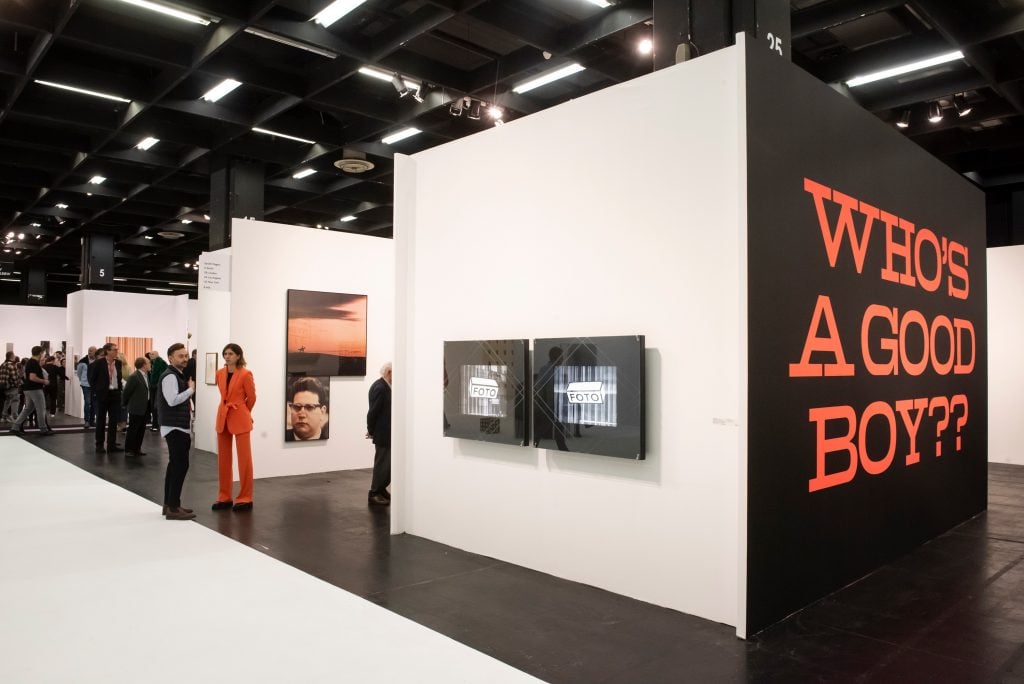
“There was a little problem yesterday evening,” said Thomas Fuchs, standing in his booth at Art Cologne. “No one is quite sure what will happen now.”
The Stuttgart-based dealer was not referring to the U.S. election, though that had also happened that same day, but the news that Germany’s chancellor Olaf Scholz had fired his finance minister, effectively collapsing the current government’s coalition, meaning Germany could be pushed into an election in March. For the art business, it extends a bout of prolonged insecurity (which does not loosen purse strings in a risk-averse nation). Crucially, a highly anticipated tax rate cut on art sales is now looking anything but sure.
But the political swings and the uncertain outlook for German art professionals heading into 2025 did not dampen the mood at the 57th edition of the fair, in the art-steeped city nestled along the Rhine. One might call the place we have arrived at total surrender. (“I am done worrying,” one Berlin dealer told me throwing up their hands.) In spite of what has been a difficult few quarters, galleries, including Fuchs, were having positive experiences at Art Cologne, which saw a reliable turnout of Rhineland buyers, a consortium of collectors who have a strong and often intergenerational relationship with art.
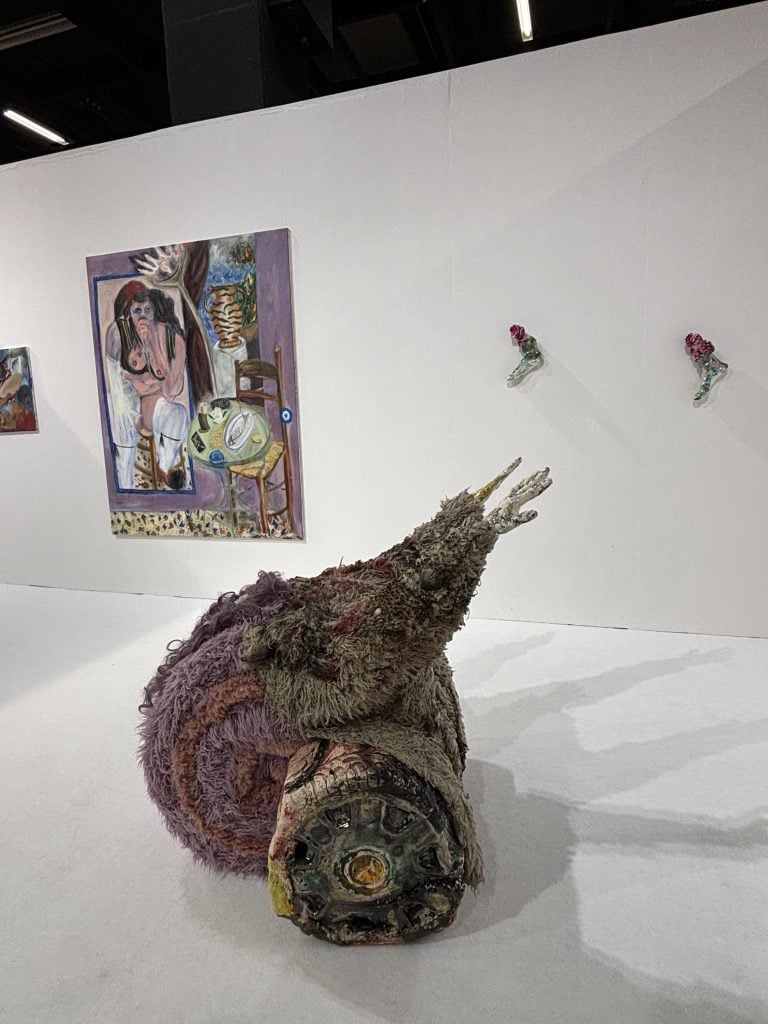
View of Temnikova and Kasela. Photo: Kate Brown
This year, 170 dealers and other exhibitors (there are 152 commercial galleries, to be specific) participated. The galleries present both modern and contemporary art, with a “new market” section of young galleries that comprised 26 participants this year, up from 20 in the previous edition. Stalwart participants include galleries Buchholz, Sprüth Magers, and Thaddaeus Ropac.
“Important German collectors and institutions are always among the visitors to the fair,” said Thaddaeus Ropac over email. “We have repeatedly been able to place works in different price ranges here, and the response this year confirms this.” Gestern und heute, a work by Georg Baselitz from 2020 sold for €875,000 ($962,500) in the first 24 hours of the fair; as did work by Miquel Barceló, Marc Brandenburg, and Jack Pierson.
Daniel Hug, longtime director of the fair, said that about 10 galleries withdrew in the summer months, and that the fair was able to fill the gap with waitlisted galleries. “It was not the galleries you would expect,” he said of the cancelations that he attributed to a tepid Art Basel that spooked the market about what might come in the fall. While some presume the squeeze is hitting the lower tier, Hug said it was more so established galleries and those selling modern or postwar art that hit pause this year. “This is out of place,” he noted, “and not comparable to any year since I started in 2009.”
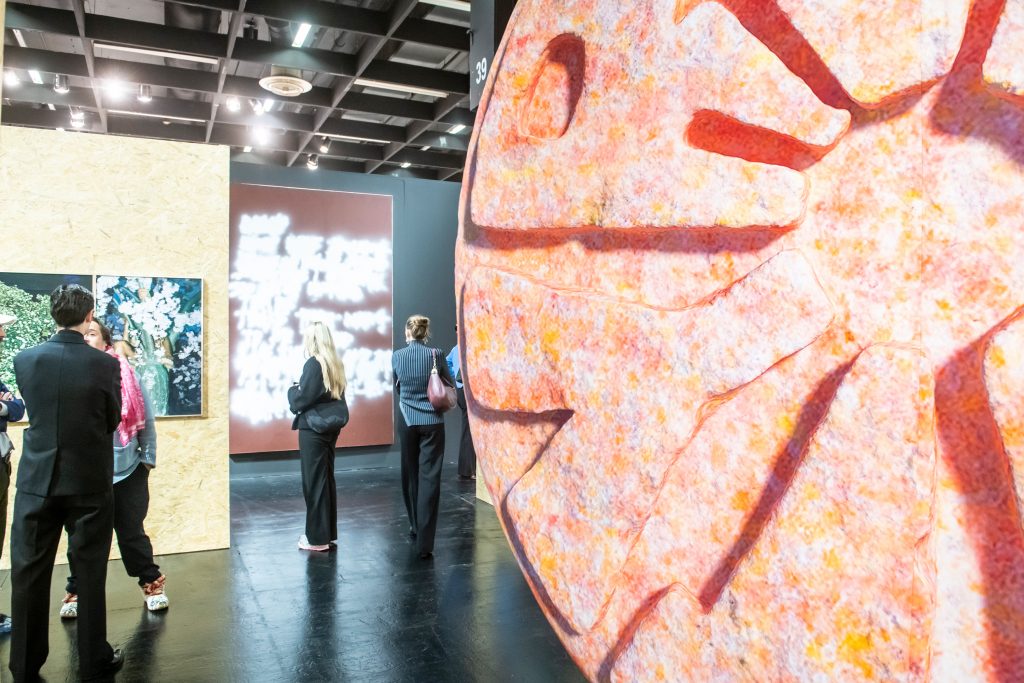
Dittrich & Schlechtriem. Photo: © Koelnmesse GmbH, Thomas Klerx
The anticipated tax rate was something that dealers (and collectors) in Germany were looking forward to, hoping it to be a boon to sales in a tumultuous year. It would consist of a reversal in a decision taken 10 years earlier that had stripped dealers of a tax benefit of 7 percent. Sales tax on art is currently 19 percent (artists have been eligible for the 7 percent reduced rate if they sell directly out of their studio). Many were expecting that, come January, this break would again be extended to galleries, allowing the local German market to be more competitive with neighbors like France, which has one of the most favorable tax rates on art sales in the European Union, of 5.5 percent. Ahead of Art Cologne, some had been wondering if there was going to be a see-now-buy-in-2025 approach to the fair, meaning that people would be kicking invoices down the line, in hopes of benefitting from the rate cut.
“The German galleries have been at a high disadvantage compared to the French and English galleries,” noted Berlin-based collector Karen Boros. “I hope it will make it easier for the galleries, in particular the younger ones. It would mean that prices can come down a little bit and this will hopefully mean that more young people will come into the market in a generational shift.”
That turned out not to be a bargaining chip, but also it did not deter buyers. For its second participation, Fuchs, who is based in Stuttgart, had counted among its sales a large painting by German Neo-Expressionist Rainer Fetting for €107,000 ($117,700) to a private German collection; three paintings by Mona Ardeleanu, ranging between €9,100 and €30,500 ($10,010 and $33,550). “We are very happy about this, given the current market,” said Fuchs.
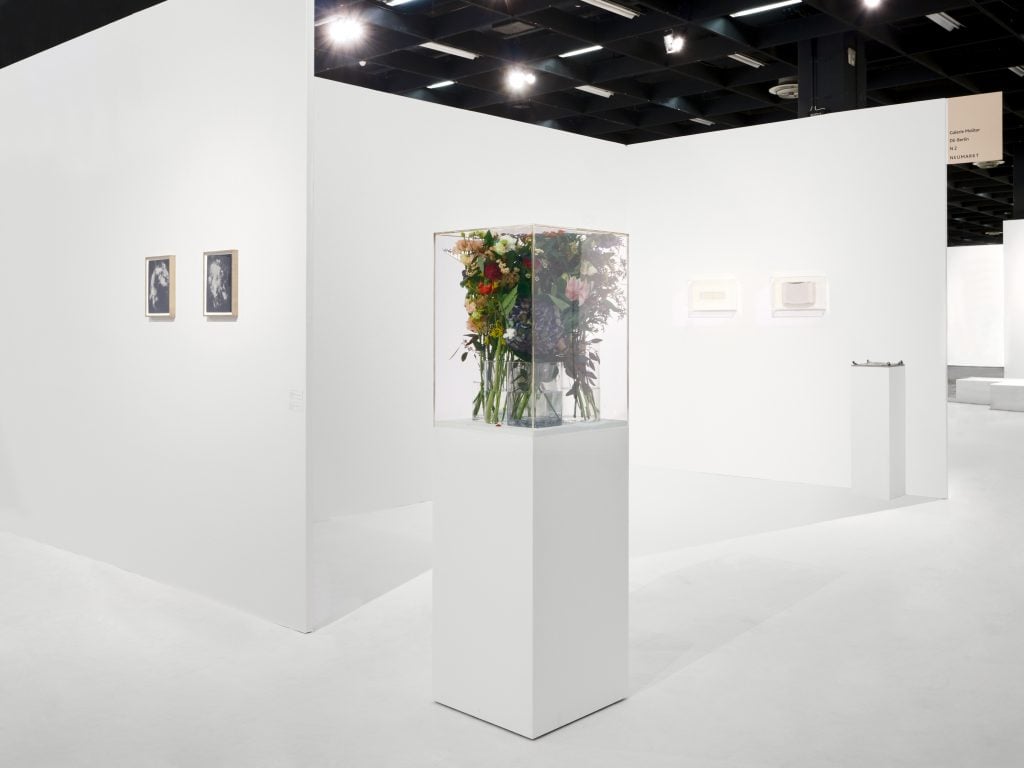
Presentation with Jesse Darling and Beatrice Bonino at Galerie Molitor. Images by Choreo and courtesy Galerie Molitor
Some galleries opted for more Europe-wide tie-ins. For their first-time participation, Berlin’s gallery Molitor presented work by Jesse Darling within a group presentation with Beatrice Bonino and Dora Budor, an iteration of an installation the Turner Prize winner created for the Petit Palais as part of Art Basel Paris. Untitled (Still Life) (2018–ongoing) consists of museum pedestals, and encased in the vitrines are glass vases with live flowers; these delicately wilt and decompose in the small microclimate, steaming up the enclosure that both protects and suffocates them. An edition of the work was placed with a German collection.
Perhaps another testament to the relevance of Cologne, the Berlin-based Dittrich and Schlechtriem is planning to expand to the city in spring 2025. The gallery one of the most eye-catching works at the fair was a large, slowly-orbiting, blow-up pill sculpture by Zuzanna Czebatul; also on view were her 3D printed sculptures, based off scramblers that the artist has been helping to source for Ukraine. One was bought for the collection of contemporary art of the Federal Republic of Germany for €9,000 ($9,647). Julian Charrière’s piece went to a Düsseldorf collection for €20,000 ($22,000).
Galerie Nagel Draxler, which has locations in Berlin and Munich, sold out of work by Austrian artist Heimo Zobernig, for prices between €90,000 and €150,000 ($96,400–$165,000). Buchholz sold work by Anne Imhoff, Wolfgang Tillmans, and Isa Genzken. Sprüth Magers sold Tiger Tiger by Anne Imhof (2023) for €95,000 ($99,000); Cologne Nightingale and Training 2 by Rosemarie Trockel for €95,000 and €150,000 ($99,000 and $165,000) respectively, a piece by Bernd und Hilla Becher (1961), as well as a work by Walter Dahn.
A work like the 1980s Baselitz Pop by Dahn—a pioneer of the “bad painting” movement playfully done in spray paint and jotty acrylic—is indicative of the taste profile of the Rhineland buyers. They respond to works that speak to the history of the art here; one does well to find a connection to the region’s interests and its prestigious art school scenes. Dahn, who is based in Cologne, studied with Joseph Beuys in neighboring Düsseldorf, and later taught artists like Frederich Kunath and Gert and Uwe Tobias at the art school in Braunschweig. Dahn’s painting sold for €120,000 ($132,000).
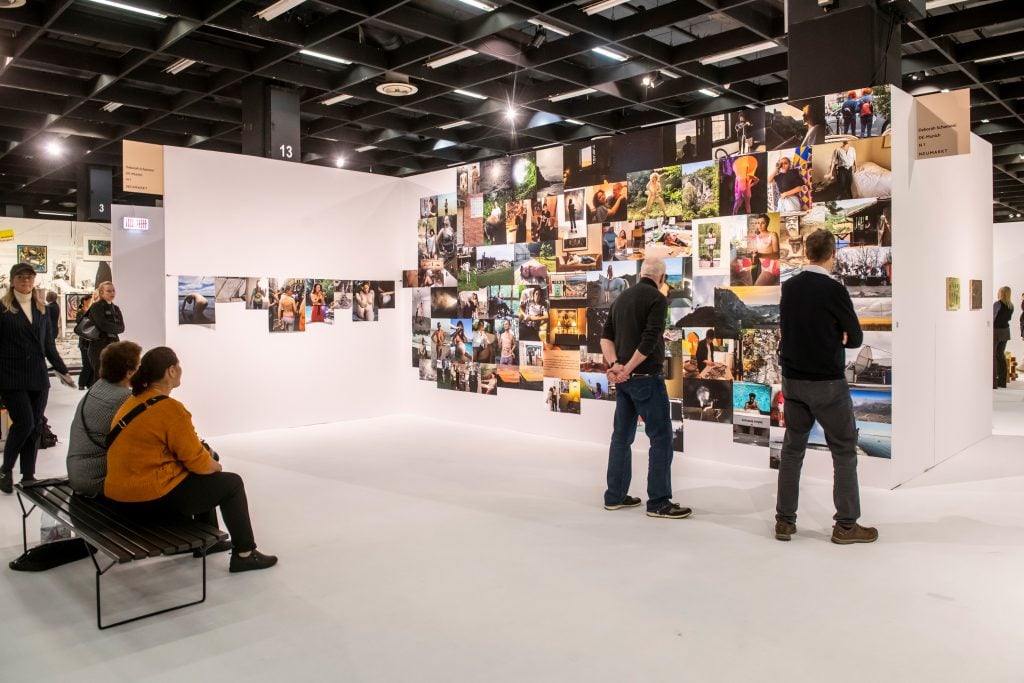
Schamoni. Photo: © Koelnmesse GmbH, Thomas Klerx
Berlin- and Munich-based Max Goelitz, used the tried-and-tested method: several paintings by Troika complement a major presentation of works by the artist on view at the Langen Foundation in Düsseldorf; these algorithmically-built paintings, structured meticulously by hand with analog dice, were each sold for €25,000 ($26,800).
Galerie Christine König, around in Vienna since 1989, has learned this. When I stopped by, director and partner Robby Greif was switching out sold work by Radenko Milak, a watercolor so precise that from a distance it appeared to be a photograph. He was grabbing a couple Kölsch as servers whizzed around with their classical circular trays, offering them to gallerists and guests. The gallery participates in regional fairs like Art Cologne and Art Geneva, which takes place in January. He praised the intelligence and rigor of the Rhineland collectors.
For more emerging dealers, lower overhead has lessened the stakes slightly as they have been able to more quickly adapt. “Works are not flying off the wall,” said Lisa Offermann from LC Queisser, based in Tbilisi. “But people are thinking more and we have to work harder—and that is okay.”
Art Cologne is on view through November 10, 2024.





